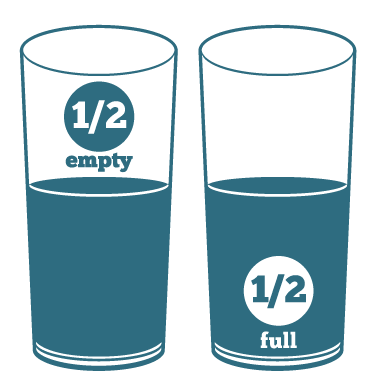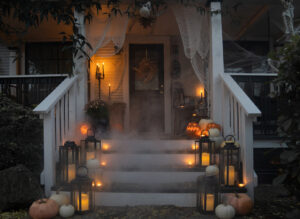 Steady, volatile, sluggish, active, suppressed, anemic, affordability issues, price appreciation, declining inventory, millennial problem, modest wage gains, household formation, slowing, yet moderate growth, set against the backdrop of a changing composition of home buyers and a post-election interest rate jump.
Steady, volatile, sluggish, active, suppressed, anemic, affordability issues, price appreciation, declining inventory, millennial problem, modest wage gains, household formation, slowing, yet moderate growth, set against the backdrop of a changing composition of home buyers and a post-election interest rate jump.
What are these? All terms and phrases being used to describe the current housing market and in the housing predictions for 2017. Not a lot of encouraging words are there? For glass-half-empty types, 2017 housing will likely continue to underperform historical norm trends. For the glass-half-full set, we have a solid and growing base of demand signaling continued moderate growth.
The new homes market did increase over 2015 but, again, not at a pace that anyone wanted or had hoped. We have been singing that song every year since the recession started. The National Association of Home Builders started the year out predicting 607,000 new home sales for 2016. We ended the year at approximately 562,000 new homes sold. This is right at a 12% improvement over 2015. Solid, but still below where we all believe it should be. For perspective, new home sales in 2016 were still below the annual average of new home sales over the last 54 years. Home prices continue to increase and the gap between average prices for new homes compared to existing homes remains troublesome, which makes new homes less attractive and affordable for buyers. Inventories are extremely low, particularly for existing homes. After being below 4% for the entire year, interest rates jumped over 40 basis points at year end to 4.2% for a 30-year fixed mortgage. However, the average interest rate for 2016 was the lowest in the last 45 years. Interestingly though, that did not appear to drive home sales. Credit is still hard to get. The job market added 2.24 million new jobs, a solid performance, and the unemployment rate was 4.7%. Behind the jobs numbers were some worrisome data. The participation rate, hovering at three decade lows, was at 62.7% and wages rose only 2.9% over the last twelve months. Then there are the ongoing labor shortages in the construction industry and concerns about how the current immigration discussions and actions might affect that. These are things that could easily support the half-empty set.
What’s interesting is that both builder confidence and consumer confidence surged to the highest levels in over a decade at the end of the year. This may be tied to expectations for the economy as a result of the election and the promises made by the new president. We might see this as “irrational exuberance”, but that has yet to be determined. There continue to be other positive signs for the half-full set.
Many believe that millennials will finally join the party and become homeowners. Millennials are hard to predict but if, and when, they do decide to become homeowners, it should have a very positive effect on the market. There are expectations that the price appreciation will slow down, although with inventory tight, the law of supply and demand may affect that. However, this could be an opportunity for new homes to close the gap on existing homes when it comes to prices, making them a more attractive purchase option. Initially, there was a consensus that interest rates would rise but probably not exceed 4.5%, still a historically low rate. However, if inflation finally raises its head, after years of being almost non-existent, then those rates may jump but probably not significantly. I believe much of the expected Fed increases have been baked in. The stock market has hit record highs, finally hitting 20,000 and now heading for 21,000. How much of this is emotion compared to solid financial results is anyone’s guess. What if, along with these positive signs, we saw a reduction in regulations, an improvement in job creation and wages, the participation rate rise, access to credit eased, a tax cut or a simplification of the tax code, or GDP start to rise to an acceptable level. All possible (promised?) and all potentially able to affect housing positively.
So what does this all mean to the 2017 housing market? Unfortunately, I have no idea. I used to believe that you could look at statistics and trends and be able to predict, with some reasonable level of certainty, what was going to happen. All bets are off today. David Stockman, who was Ronald Reagan’s director of the Office of Management and Budget once stated in an interview, “None of us really understands what’s going on with all these numbers.” He was reprimanded for that statement, but I feel his pain. I look at data and numbers every day and every month, hoping that I will find the answer, but I’m continually proven wrong.
The one thing I have decided that we can be certain of is “uncertainty” and there seems to be an abundance of that today. There is another thing of which I am certain. I belong to the half-full set and I see opportunities in the market that could easily lead to an improvement in growth. What I do not expect is any backtracking in the housing market. Although I may not be happy with the pace of growth, I am pretty confident in the fundamentals of the market. After all, it’s still the American Dream, isn’t it?
By Gale F. Sommers, President & Chief Executive Officer




